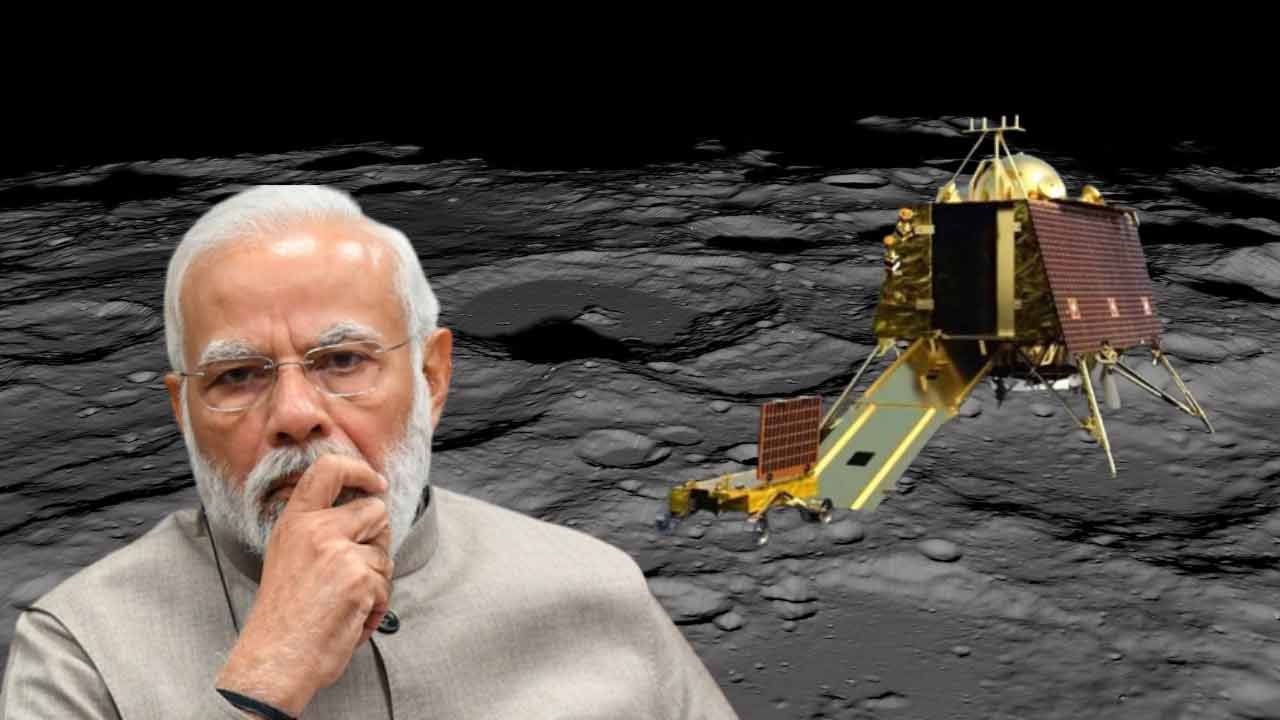Introduction
In the vast realm of space exploration, every mission’s success hinges on a symphony of advanced technology and innovation. Chandrayaan-3, India’s third lunar exploration mission, is no exception.
Behind the scenes, a lesser-known yet vital contributor plays a crucial role – the Semiconductor Laboratory (SCL) fab.
This blog post delves into the remarkable contribution of the SCL fab in the form of two cutting-edge semiconductor chips that power the mission: the Vikram processor and the Camera Configurator.
Read More :
The Chandrayaan-3 Mission
Chandrayaan-3 is the latest endeavor by the Indian Space Research Organisation (ISRO) to further our understanding of Earth’s celestial neighbor, the Moon. Following in the footsteps of its predecessors, Chandrayaan-1 and Chandrayaan-2, this mission aims to explore the Moon’s surface and conduct scientific experiments.
Read more: What is special about Chandrayaan-3: Landing on Moon’s South Pole, a First Since 1976
The Unsung Heroes: Semiconductor Chips
In the era of digital technology, semiconductor chips are the unsung heroes that power almost every electronic device, from smartphones to spacecraft. The Chandrayaan-3 mission owes a significant portion of its success to two specialized semiconductor chips developed at the Semiconductor Laboratory fab.
Vikram Processor: Navigating the Launch Vehicle
Vikram processor – a small yet mighty chip that handles the critical task of navigation for the launch vehicle.
Think of the Vikram processor like the spaceship’s GPS system. Just like how you use GPS in your car to find your way, the Vikram processor helps the spaceship know where to go. It takes in all the information about the journey and uses its super-smart calculations to make sure the spaceship is on the right path.
The launch vehicle is responsible for propelling the spacecraft towards its intended lunar trajectory. The Vikram processor’s role is akin to the brain of the operation, processing intricate data and instructions to ensure a precise launch.
The processor’s design is optimized for reliability, as space missions are not only technologically demanding but also subject to extreme conditions. Radiation, vacuum, and temperature variations are just a few of the challenges faced in the space environment in the Chandrayaan-3 Mission.
The Vikram processor, with its radiation-hardened architecture, can withstand these challenges, guaranteeing accurate navigation during the crucial launch phase.
Read More :Chandrayaan-3 mission: All you need to know about the landing (indianexpress.com)
Camera Configurator: Capturing the Moon’s Beauty
Camera Configurator is another marvel of semiconductor innovation. This chip is embedded within the Vikram lander and is responsible for processing the data captured by the lander’s cameras.
Have you ever taken a photo on your phone and made it look even better using filters? Well, the Camera Configurator chip does something similar, but for the Moon’s pictures.
It takes the pictures the spaceship clicks on the Moon and makes them look really nice. But that’s not all! It also makes these pictures smaller so they can be sent back to Earth without using too much space.
The breathtaking images of the Moon’s surface that we admire are a product of the Camera Configurator’s meticulous image processing algorithms.
Given the limited bandwidth available for communication between the lander and Earth, the Camera Configurator plays a pivotal role in compressing and optimizing image data without compromising on quality.
This enables ISRO to transmit stunning lunar images to Earth while conserving precious resources.

Conclusion
So, the next time you hear about Chandrayaan-3 and its exciting mission to the Moon, remember the two tiny chips that are working really hard behind the scenes. They might be small, but they’re making a big difference in exploring the Moon and bringing back awesome pictures for all of us to enjoy!
The Semiconductor Laboratory fab’s relentless pursuit of innovation and dedication to excellence have given rise to the Vikram processor and the Camera Configurator.
These semiconductor chips stand as a testament to human ingenuity, enabling the Chandrayaan-3 mission to navigate the cosmos and capture the Moon’s splendor in ways that were once unimaginable.
As Chandrayaan-3 continues to unfold its chapters of discovery and exploration, let us not forget the tiny yet powerful chips that illuminate the path to the Moon’s mysteries.



